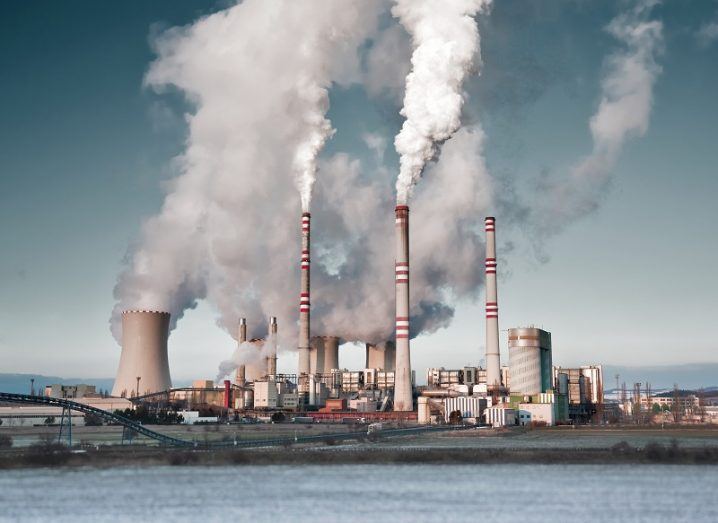According to various analyses by environmentalists, carbon-dioxide levels in the air on a global level will rush past the dangerous levels of 417 parts per million, this year. That will be a whopping 50 percent increase in the levels of CO2 levels across the world.
If you are thinking that the world has been saved from doomsday that was constantly lurking around us due to the COVID-19 pandemic, then you are wrong because probably 2021 will bring with itself some perplexing surprises for humanity and therefore we need to be mentally prepared or at least should be aware of it. Climate change, in that sense, is still regarded as one of the uphill challenges that mankind has to overcome lest the devastation will be inevitable and at that time, no vaccine will come for our rescue.
According to various analyses by environmentalists, carbon-dioxide levels in the air on a global level will rush past the dangerous levels of 417 parts per million, this year. That will be a whopping 50 percent increase in the levels of CO2 levels across the world. Well, it’s been just 14 days into 2021 and the year is mocking in all its glory on us humans that ‘Hold my air!’
A rapid rise in carbon-dioxide levels
Pollution and especially rising carbon-dioxide levels in developing and the under-developed world that is still in the process of industrialisation are subjects of major concern for governments and environmentalists as well. Such a rapid increase in carbon-dioxide levels will take place for the first time since industrialisation began in the 18th century.
The forecast has come from UK met department after collecting research data from Mauna Loa Observatory in Hawaii. Researchers have also said that although there was a slight decrease in CO2 emissions during 2020 pertaining to COVID lockdown and already prevailing La Nina conditions then, the total amount of emissions are set to break all previous records.
Carbon-dioxide does have a tendency of prevailing in the atmosphere for a longer period of time and hence the emissions from previous years also get added up into the present one. In the northern hemisphere, carbon-dioxide generally rises to a peak till May and thereafter gradually decreases as plants grow all-over to utilise the prevalent gas in the air. Then, subsequently, in September, the levels of CO2 again start increasing in the air.
La Nina effects
The Met department has said that while the CO2 levels were down by 7 percent in 2020, they have quite rapidly reached the pre-pandemic levels. In 2019, the levels of global emission of carbon-dioxide stood at 409.8 parts per million (ppm).
La Nina is also expected to attenuate the levels of carbon dioxide in the air as it has led to the growth of more plants and trees in colder regions which are currently trapping huge amounts of this greenhouse gas.
But, then also scientists are apprehensive that this La Nina – cooling effect would still be not enough to tackle the alarming rise of carbon dioxide in the global atmosphere. With such an instant increase in the levels of CO2 – it will be very much difficult for humankind and most of the countries to abide by the already set target of keeping global warming to 1.7 degrees Celsius.
Many experts and scientists have also bugled stringent warning that if global warming has to be stopped in next 30 years and the rise in global temperature has to be curtailed till 1.5 degrees Celsius, then it is imperative to bring down net emissions to zero while slowing down the rise of atmospheric carbon dioxide.

